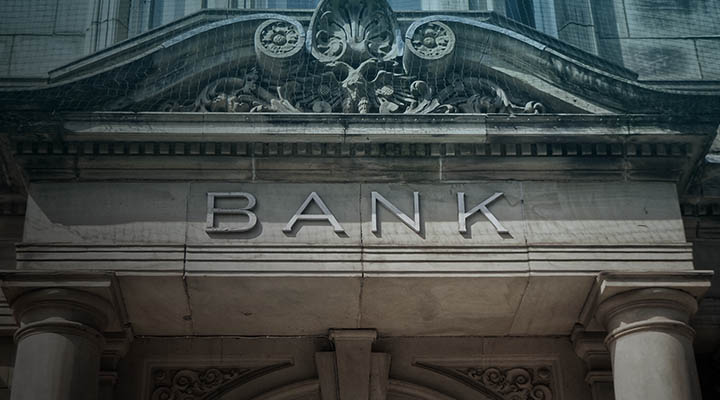For banks to remain central in the lives of consumers, they must provide consistent and fulfilling customer experiences across the digital and physical environment. It’s not just about having access to customers credit or debit accounts, but also a greater/wider insight into their individual customers.
It wasn’t long ago that bank branches used to hold personal, trusted relationships with their local customers. However, since the rise of digital banking and the decline of the branch, relationships between bank provider and customer have weakened. While the financial institutions are under pressure to keep up with digital transformation, at the same time demand for a personalised customer experience is high on the banking agenda.
Google, Apple, Facebook and Amazon, the major technology power players, known as GAFA, are transforming the digital banking landscape as we know it. With a huge pool of customer data at their fingertips, GAFA’s move into financial services is simply a natural extension of their current offering. When you consider the vast amount of data that these tech giants can leverage across social media, mobile, customer purchase information and mapping data, GAFA has the ability to provide a highly personalised financial service experience.
For banks to remain central in the lives of consumers, they must provide consistent and fulfilling customer experiences across the digital and physical environment. It’s not just about having access to customers credit or debit accounts, but also a greater/wider insight into their individual customers.
But time is of the essence. Amazon, Apple, Google, Intuit and PayPal have already formed a coalition called Financial Innovation Now to enhance innovation in the financial industry to satisfy the customer need for convenience. The key for traditional financial providers is to act quickly and respond to emerging digital disruptors like GAFA. Banks need to focus on evolving their business models and developing new revenue streams.
Four steps to challenge the GAFA force:
1. Client on-boarding
Banks need to maintain their competitive differentiation and make products available immediately. Recently banks have focused on improving the front-end process. But what about the back-end? By digitising the full spectrum banks can reap the rewards of full end-to-end capabilities. This will mean customers opening an account can get started up in minutes after completing an online application. Making changes to the digital process will also help improve the processes which co-exist in physical branches.
2. Personalised services and partnering for suppliers and customers
Customer centricity should be at the heart of every business. Banks need to create personalised services to deliver their products using an agile approach. This can be achieved either through the bank or a third-party. To meet consumer demand for convenience and choice, banks should also look to offer customers “lifestyle” services that can adapt in real-time to fulfil the everyday needs of the banking user. Not only will this help multiply customer interactions but will also help generate new revenue streams.
3. Leverage Consumers' DaTA
Extrapolate customer insights from the vast amount of structured and unstructured customer data using Artificial Intelligence, NLP and cognitive computing. The customer financial information can be leveraged to create market intelligence and to generate new revenue streams.
4. Create an Ecosystem
Banks should take advantage of open environments and create new ecosystems. This could be offering external or white-labelling banking services through open APIs and new partnership models with innovative fintechs or working alongside GAFA. Banks need to develop new products and services on distributed ledgers for transactional access on a continual basis and receive data and events from third parties like Amazon or Apple who can distribute and integrate their products in a broader business environment.
This approach will help counter the GAFA threat and create greater cross and upselling opportunities, along with building customer acquisition, retention and cost optimisation, transforming the cost-to-income ratio from the current average of 63% to hopefully less than 50%. It is critical for banks to think innovatively and act quickly, otherwise they will become a victim of the GAFA dominance which has already infiltrated other industries.
Published
April 29, 2024Reading time
2 minutesRelated posts





